The aerial leaves and flowers have been regarded in British and European herbal medicine as a calming tonic, initially used for anxiety symptoms and restlessness associated with fatigue, exhaustion and in recovery from illness. From first impressions St John’s wort appears as a (blood) red, astringent remedy: ie. an ideal ‘Doctrine of Signatures’ candidate for a wound remedy, which was its original folk use. The same red ‘sanguine’ quality may have inspired its early use to raise the spirits and for melancholia. Another ’sign’ alluding to its spirit revitalising properties are given away in its Latin species H. perforatum, alluding to the perforated translucent oil containing glands that when held up to the light, literally let the light in.
St John’s wort is one of those plants that attracts controversy due to its effects on symptoms associated with various forms of emotional pain and depression – with some studies showing parity with conventional anti-depressants. However, it also impacts our metabolism in quite a special way and this has shown that it can influence the effectiveness of some pharmaceutical drugs so its one of those herbs that you really should only use with prior knowledge of its potential interactions. If you are not sure ask your local herbalist.
You think of including St John’s wort whenever there is insomnia, cramps, intestinal colic and irritable bowel, dysmenorrhoea (menstrual cramps), bed-wetting, and anxiety. It also has a reputation for relieving pains, and is taken internally, as well as applied topically, for neuralgic pains and the pain of mild burns and contusions.
Think of St John’s wort as a restorative solution for melancholic conditions, depression and the convalescence following concussion and other trauma. This combination of restorative and relaxant effect is not contradictory, and underlies the plant’s recommendation for the treatment of a number of such conditions where tension and exhaustion combine. Its most useful modern application is towards a programme of recovery from chronic fatigue conditions.
One particular example is menopause, and St. John’s wort has a specific application for the various symptoms of that change. Most of the symptoms of menopausal syndrome, the hot flushes, night sweats, depression, fatigue, irritability, lack of concentration, fluid retention and so on, were recognised as symptoms of debility long before a hormonal factor was implicated. The modern natural therapist still finds advantage in treating menopausal problems primarily as symptoms of depletion, requiring restorative and convalescent measures. St. John’s wort seems to have an ideal balance of qualities for this task: it is even felt by many of those who use it that it has a hormonal influence as well.
The red oil of St. John’s wort brings appreciable relief in the topical treatment of wounds and burns. The whole plant extract has also been used as a wound healer, and taken internally for inflammation of the upper digestive system.
The multiple compounds in St John’s wort have been shown to work synergistically to achieve the best benefits and specifically hyperforin and hypericin both are the best known contributing to the neural analgesic action of the herb. One of its most interesting compounds, hyperforin, is an active inducer of CYP3A4 and PGP enzyme pathways which metabolise many drugs, and is the main source of Hypericum’s potential for herb-drug interactions (which can become an issue at hyperforin doses of more than 1 mg/day).
Probably the best way to appreciate the organoleptic qualities of St John’s wort is to obtain a good tincture. The first thing you will notice is that it has a deep red colour, due to its active hypericin constituent. When you taste a sip you will first notice its bitterness, though only for a short time, quickly followed by an acrid quality, and then by a more lingering aromatic and astringent, slightly resinous aftertaste that soon passes. It also has a characteristic turpentine-like smell. The oil is especially interesting rich smell of a resinous-summer.
The red colour is imparted by the hypericin that is also UV activated so caution is required when harvesting or if using the oil externally and going in the sun.


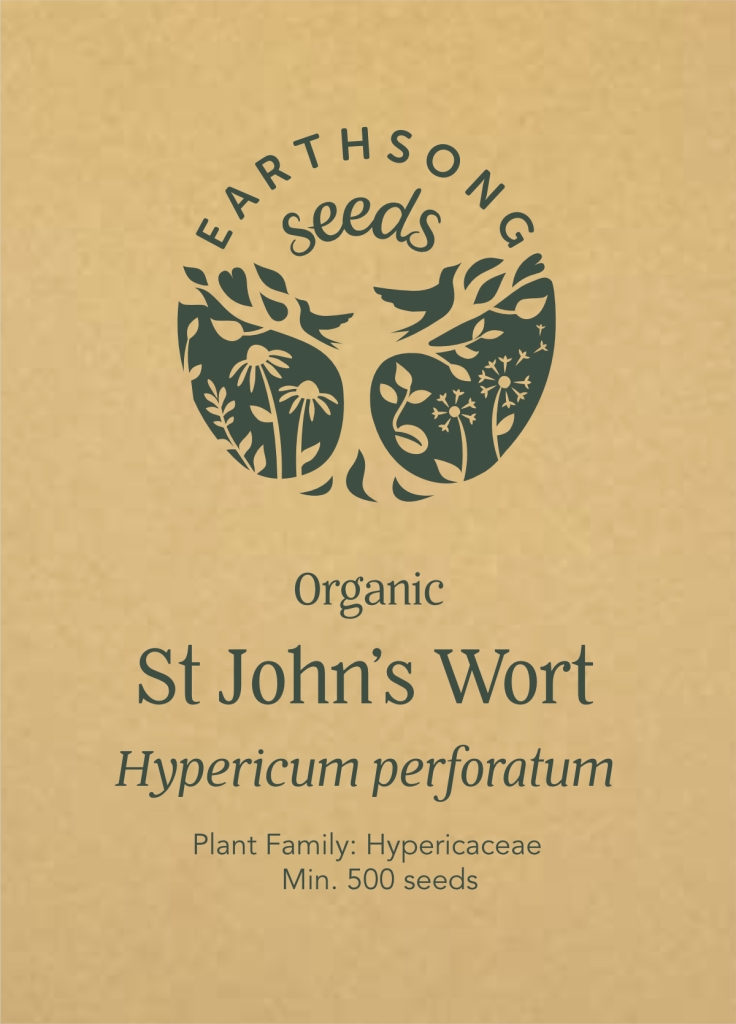

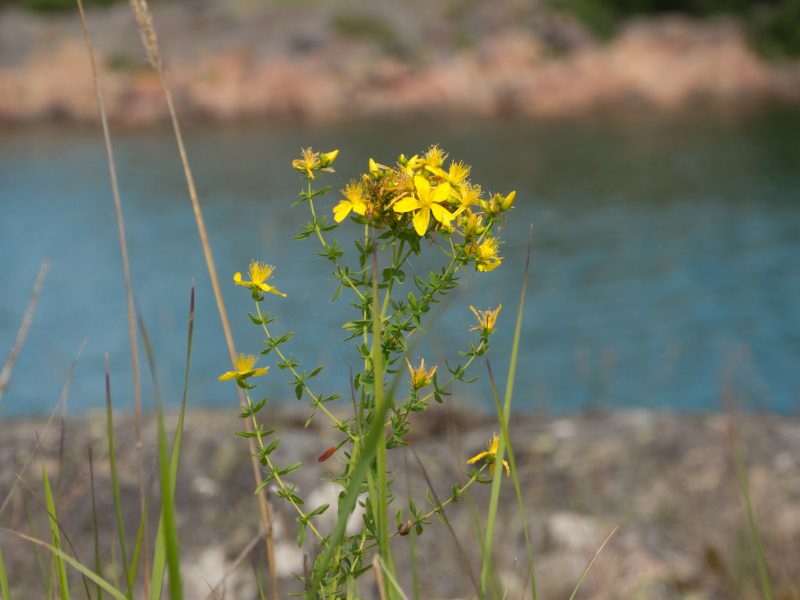
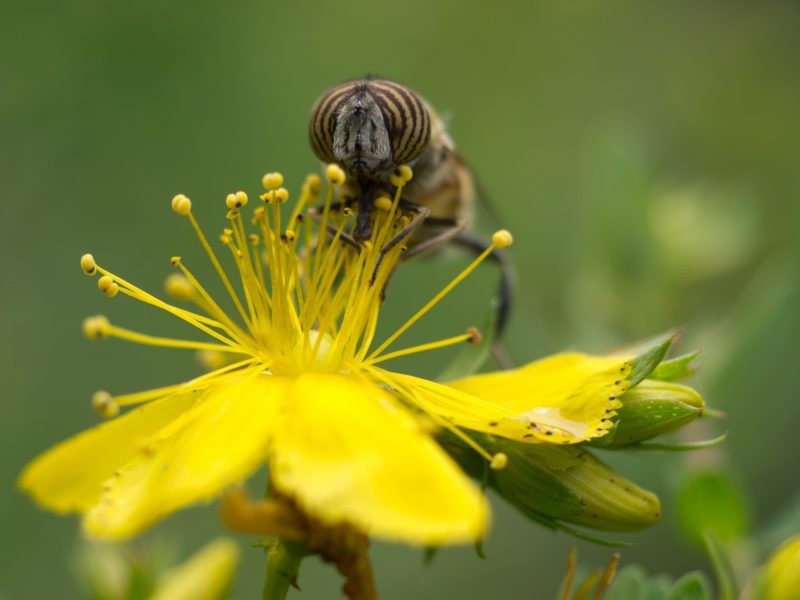
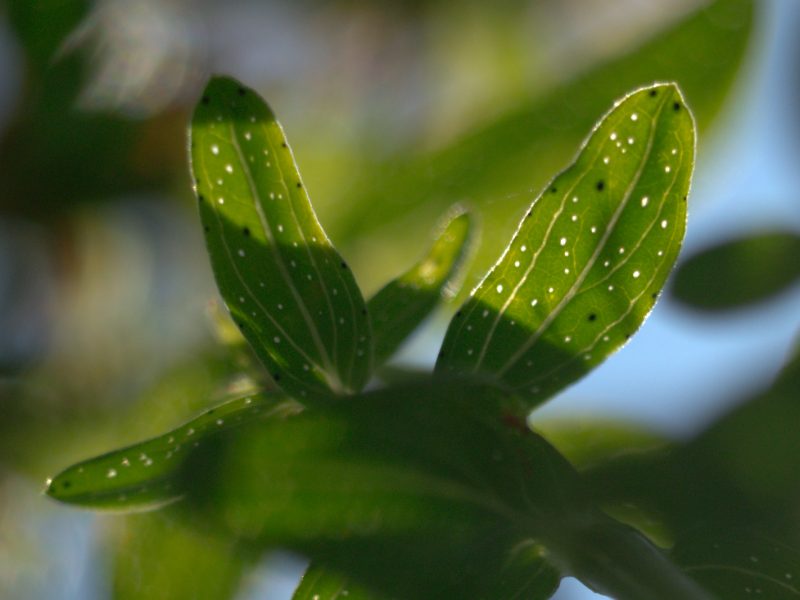
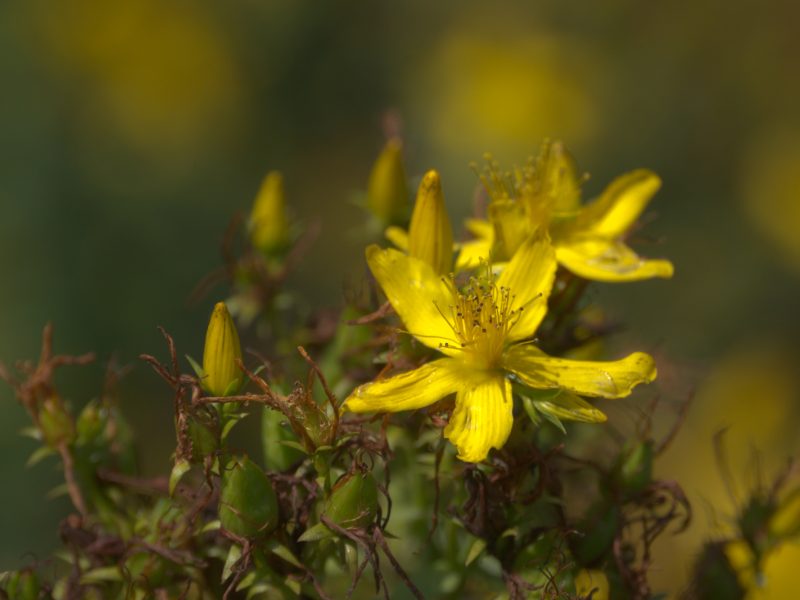
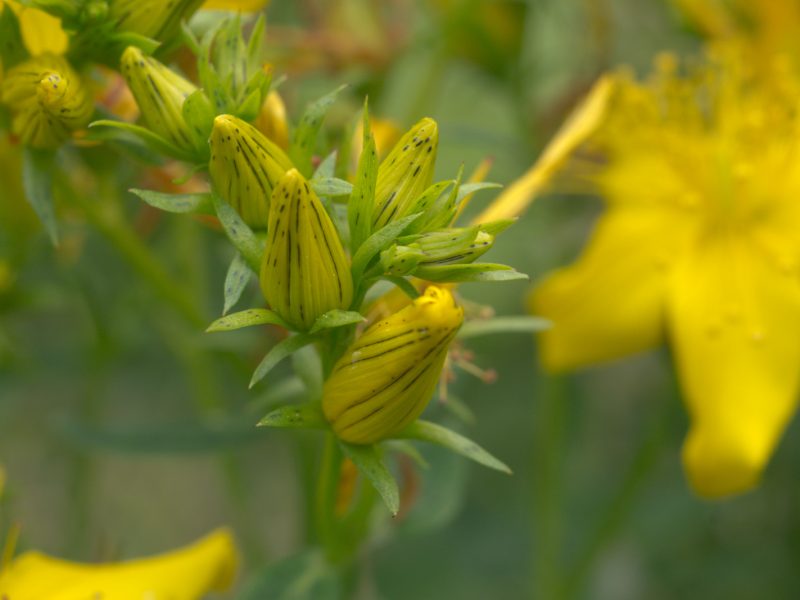
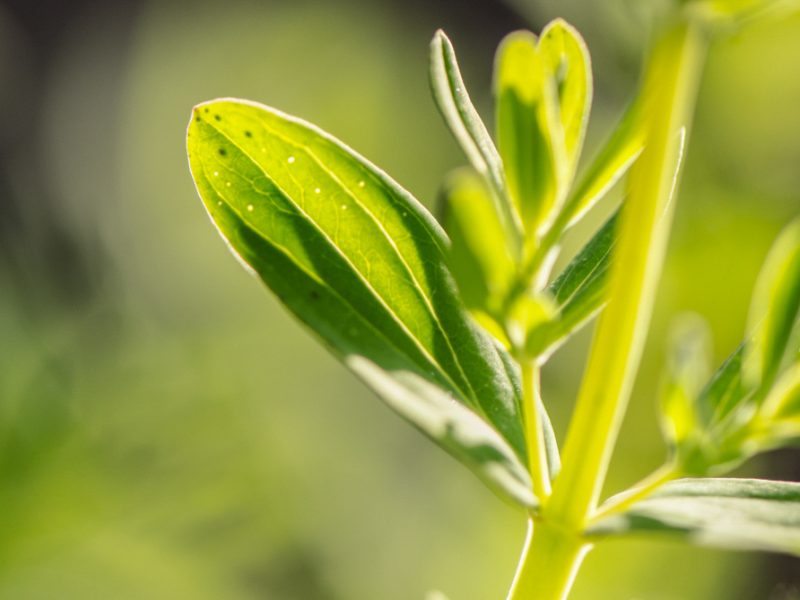




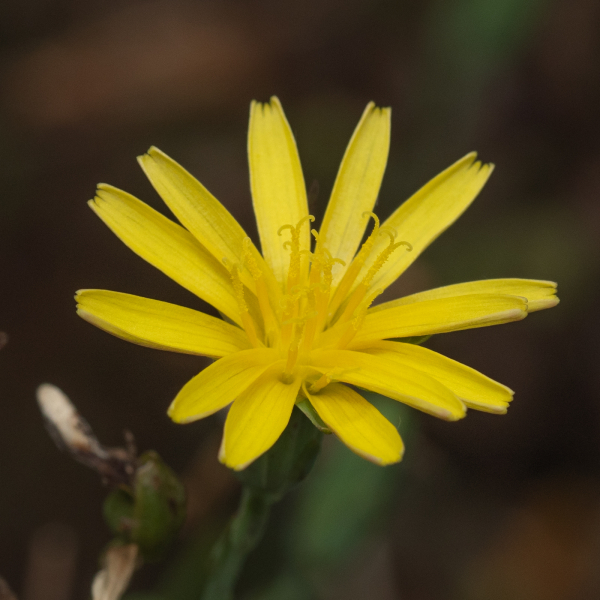





Reviews
There are no reviews yet.